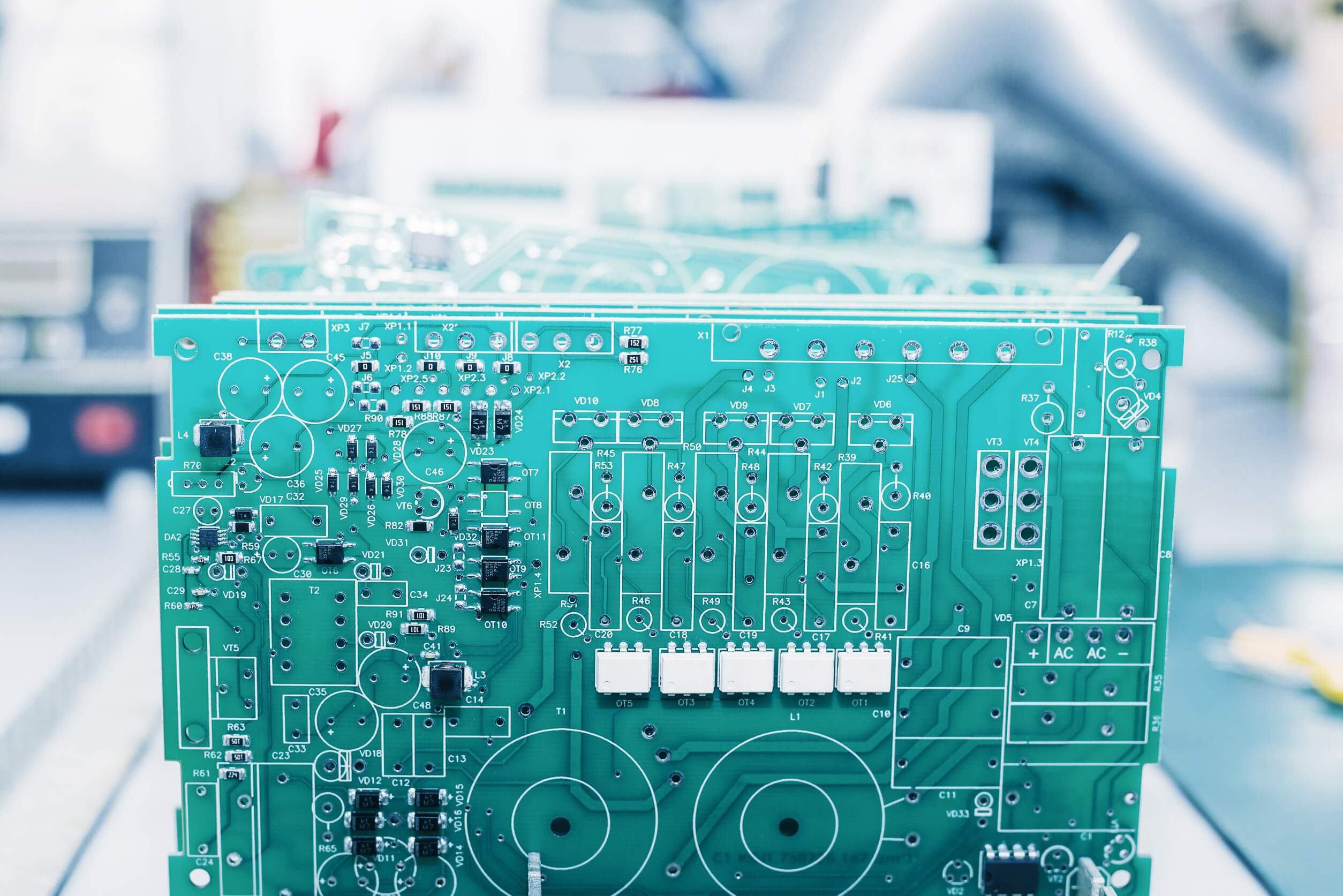
The two basic pillars of contemporary product development include plastic injection molding and electronic manufacturing services or EMS. But how do the two go together, and why are they so important in the production of reliable electronic devices?
What is Plastic Injection Molding?
This is a common process for manufacturing plastic parts at a mass level. But what exactly is it, and how does it work?
In simple terms, plastic injection molding is the process of injecting molten plastic into a pre-designed mold to form parts with precision and consistency. Once cooled and solidified, the molded components are ejected, ready for assembly or further processing.
Here’s why this process is so powerful:
- Versatility: Plastic injection molding can produce components of virtually any shape or size, from small connectors to large housings for consumer electronics.
- Scalability: High-volume production runs are best, as it ensures the efficient manufacturing of thousands – or even millions – of parts.
- Cost-Effectiveness: Cost per unit falls dramatically once a mold is in place, allowing for an economically viable mass-production alternative.
Key Plastic Injection Molding Advantages
- Precision Manufacturing
Plastic injection molding provides unprecedented accuracy with tolerances as low as ±0.001 inches. Precision is crucial, especially in areas such as the electronics industry where the slightest error can result in failure.
- Material Versatility
Engineers can select one of the widest ranges of thermoplastics in order to provide the functional and aesthetic requirements they need for their components. Whether you have a need for a ruggedized casing or a high-temperature connector, there’s a material available.
- Environmentally Friendly Options
Plastic injection molding supports even more sustainable manufacturing practices by employing recyclable plastics and minimizing waste – a good thing for companies and the Earth.
Now, how does this translate into the world of electronic manufacturing? Let’s find out.
Role of Plastic Injection Molding in Electronic Manufacturing Services
Electronics manufacturing is as much about the physical structure of the hardware as it is about the circuitry inside. It is here that plastic injection molding comes into its own.
Housing Design and Protection
Imagine your smartphone or laptop: sleek, rugged, designed to withstand fragile inner components. Without molded plastic enclosures, it would not be possible. Their applications range from added strength in use, protecting parts against dust, water, and impacts.
Case in point:
- Consumer Electronics – Smartphones, tablets, wearables rely on injection-molded casing for their sleek design that also comes with functionality.
- Industrial Equipment – For heavy-duty equipment, enclosures are molded to withstand extreme environments while protecting the electronics inside.
Component Integration
Plastic injection molding also provides tight tolerances and accurate fit-ups, enabling smooth integration of internal components. Here’s how it comes into play:
- PCB Mounts – Molded parts offer solid mounts for fragile printed circuit boards (PCBs).
- Wiring Management: Injection molding makes clips and channels that keep the wiring tidy, thus reducing wear and tear.
- Add-Ons to Order – The process can produce unique parts, such as ergonomic grips, ventilation features, and assembly clips that enhance the product’s usability.
Lightweight and Efficient Designs
Electronics firms always seek to obtain more lightweight designs that are only slightly thicker. Injection-moulded plastic components are light enough, yet tougher, so goals of this sort are easily obtained without sacrificing integrity.
Reduced Time-to-Market
In a competitive market, timing is everything. Because injection molding allows for fast, repeatable production with minimal error, it helps companies get their products launched quickly. Thousands of repetitions without significant error mean that molds can be reused for consistent batches in rapid production.
Innovations in Sustainability
Greening is no longer an option for manufacturing but the expectation. Biodegradable or recycled plastics in injection molding for many EMS providers ensure alignment with the environmental goals set. It’s reducing carbon footprints and also is appealing to those who are pro-environment and conscious about nature.
Electronics Manufacturing: Cost Savings
Pre-molded tools simplify production, saving labor and waste. For highly geometric products, this translates to a much lower cost than alternatives such as 3D printing or machining.
Success Stories in EMS Using Injection Molding
Injection molding is the technology behind some of the most recognizable electronic devices.
Smartphones – The case, frame, and buttons are injection molded for ergonomic designs that consumers love.
- Wearable Tech – Weatherproof activity wearables and health tracking electronics couldn’t happen without tight tolerances.
- Automotive Electronics – Plastic encapsulates sensor chips and module cases that go with reliable safety.
Why plastic injection molding is perfect for your electronics:
As an EMS leader or even as an upcoming tech innovator, this will convince you:
- Customization – Tailor-made parts elevate your product’s design and performance.
- Speed and Efficiency – Meet market demands faster with scalable solutions.
- End-to-End Suitability – From concept to completion, injection molding supports each step of the manufacturing process.
Conclusion
Plastic injection molding is not a tool, but a doorway to innovation in electronics manufacturing services. It allows businesses to produce exceptional products with precision, performance, and sustainability that meet the demands of a modern world.
Take the next step today. Whether you want to optimize your production or look at eco-friendly materials, working with the best in the industry matters. Learn how your business can benefit from these services today.





Leave a Reply